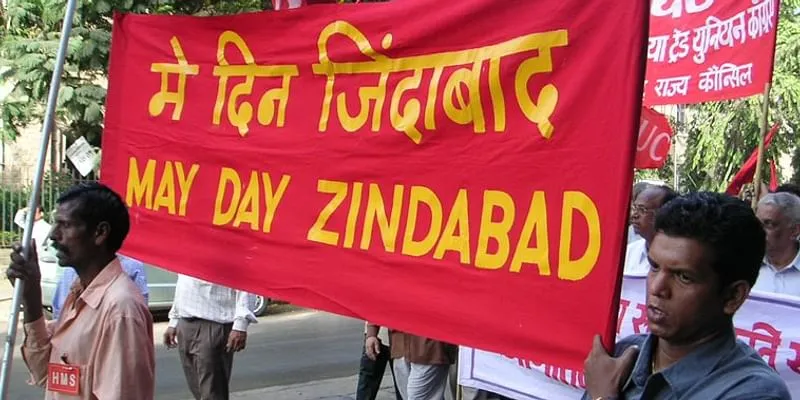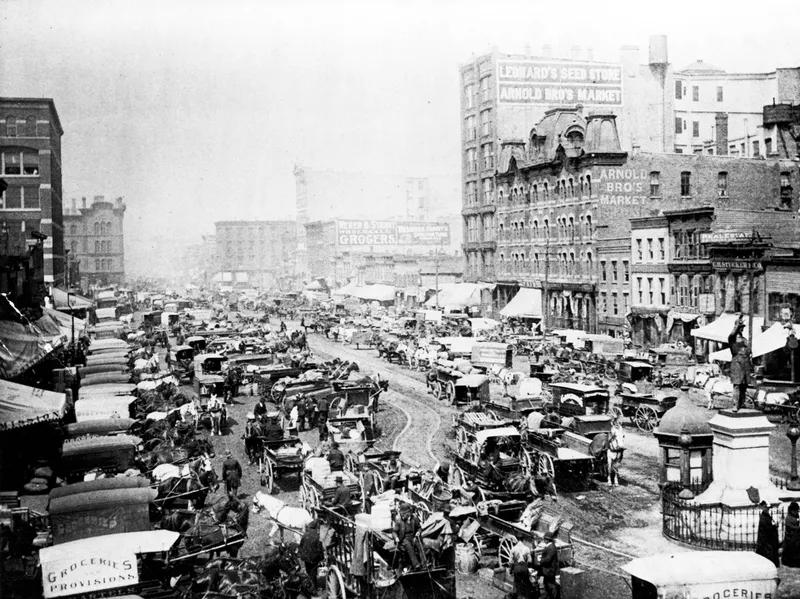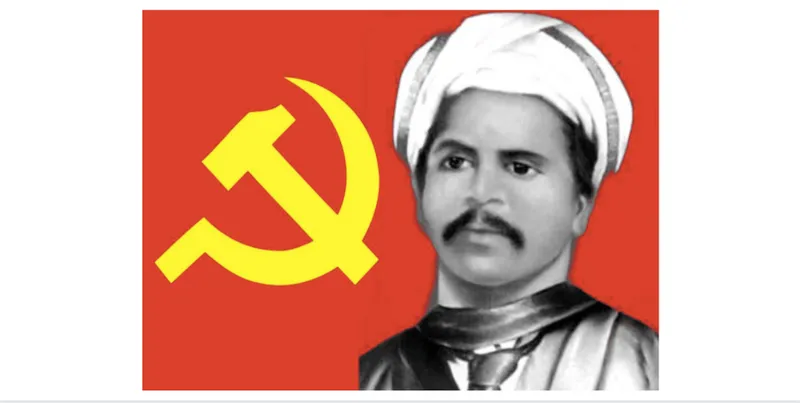International Labour Day: Here’s why May 1 is a global holiday
The International Labour Day marks and honours the 19th-century struggle by the working class of America to secure better working conditions. The day is extremely significant today as healthcare workers man the frontline in the war against coronavirus.
For well over a century now, May 1 has been a holiday in many parts of the world. It is a day dedicated to celebrating the working class, which makes up a large part of the global economy and our society.
While it may just be a holiday for the comfortably employed, May 1 — known as ‘International Labour Day’ — commemorates the 19th-century movement against the exploitation of labourers.
Today, over 94 percent of India’s working-class population is employed in the unorganised sector, which is an all-encompassing category that includes kirana store owners, handicrafts and handloom workers, rural traders, farmers, and artisans, among others.
Making this year's International Labour Day more significant is the fact that the coronavirus-hit world is undergoing crucial shifts, especially in socioeconomic aspects.
In such drastic times, only a segment of workers remains active, due to how indispensable their services are. From domestic helpers and housekeeping to nurses, doctors, health workers, and security guards keeping us safe, today is a day to acknowledge and be grateful for their contribution to society.

May Day in India (Image: Indian Express)
What happened on May 1?
On May 1, 1886, in Chicago, Illinois, labour activists, who had been working jobs that paid less, involved zero perks, guaranteed no healthcare, and demanded long working hours, decided it was finally time to set their foot down and demand better working conditions.
Workers, at that point, had been clocking 16-hour shifts in factories, and working in highly unsafe conditions. They gathered at Chicago’s Haymarket Square, demanding eight-hour workdays, all the while maintaining peace and refusing to take up arms.

Haymarket Riots (Image: Chicagology)
However, the protest quickly turned violent after police fired at the workers, causing nearly 15 deaths.
Three years later, the International Socialist Conference officially recognised May 1 as International Workers Day, in honour of the Haymarket Square massacre.
Other countries, soon after, adopted the holiday to celebrate and thank their labour forces.
When did this struggle really begin?
We know now that May 1 was coined as a global day of labour recognition only in 1889, after the Haymarket protests. But it’s necessary to take cognisance of the fact that labour struggles are a concept much older than that.
In the 1840s, a huge political and social change happened in Europe in the form of the anti-feudal revolution. It resulted in the formation of the International Workingmen’s Association – an umbrella union for all socialist and communist organisations – in London.
However, soon after, the IWA was dissolved due to an ideological rift.
Thirteen years later, in 1889, a second, stronger organisation was formed in Paris to tend to the interests of labour unions. It was called the ‘International Socialist Conference’; it was the same body that declared May 1 as ‘International Workers Day’.
India’s first May Day
When Malayapuram Singaravelar – the leader of the Labour Kisan Party of Hindustan – founded his own party on May 1, 1923, he introduced the country to the concept of ‘International Labour Day’.

(Image: Teli India)
In 1925, Singaravelar went on to become one of the founding fathers of Communist Party of India. He also chaired the party’s inaugural convention in Kanpur. The day is tied to labour movements for communist and socialist political parties, which was led by the Communist Party of India.
What happened next?
For a long time after 1923, labourers continued to struggle – they were deprived of fundamental rights, paid very meagre wages, and their health conditions were ignored.
Until then, every organisation that had been formed to help them voice their concerns had failed. Finally, they decided to go on a strike, hoping their voice would be heard by the government.
In 1950, labour laws were finally introduced in the Indian Constitution, stipulating workers’ rights, promising fair wages and safer working conditions, and ensuring access to healthcare.
Today, there are multiple Articles in the Indian Constitution pertaining to labour rights.
Why is it still important today?
Whenever a socioeconomic group rises above difficulties or discrimination, in a systematic manner, it becomes an important milestone in their struggle.
Today, is a day when 90 countries come together to remember the universal struggle of the working class.
After having their voices silenced for so long, workers in most countries are now protected legally from exploitation and violations. But, as greedy corporations continue to try and amass more and more wealth, labourers continue to be exploited. Their struggles are far from over.
Edited by Aparajita Saxena


![[Human Rights Day] How 2,500 survivors have come together to start a forum to fight human trafficking](https://images.yourstory.com/cs/4/8e7cc4102d6c11e9aa979329348d4c3e/Untitleddesign801575886123422png?fm=png&auto=format&h=100&w=100&crop=entropy&fit=crop)







